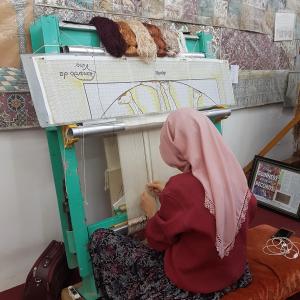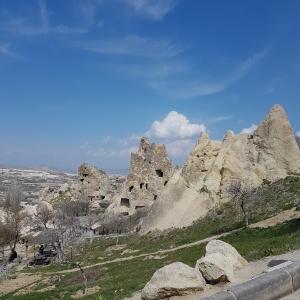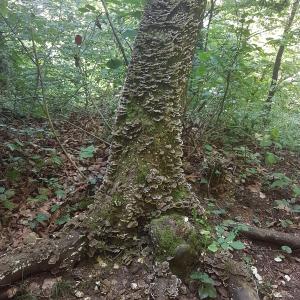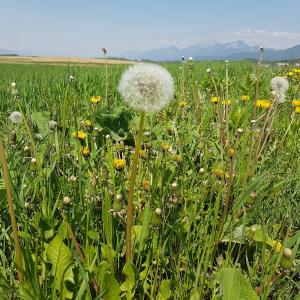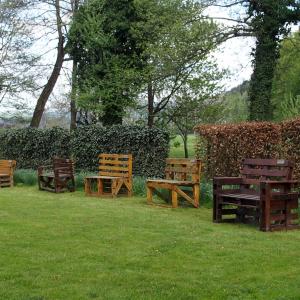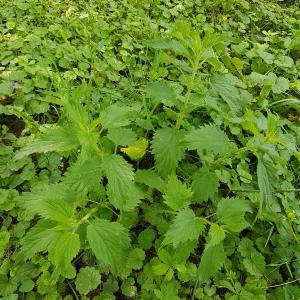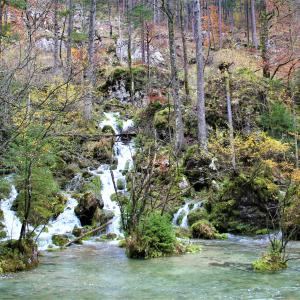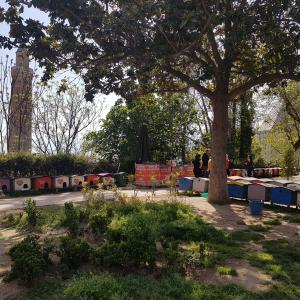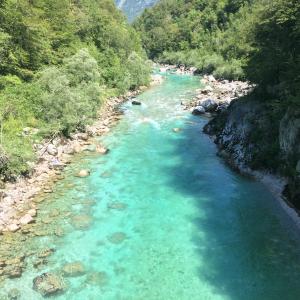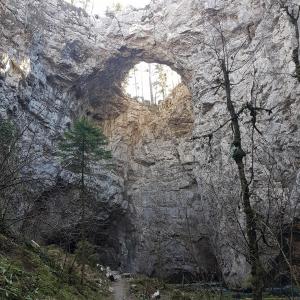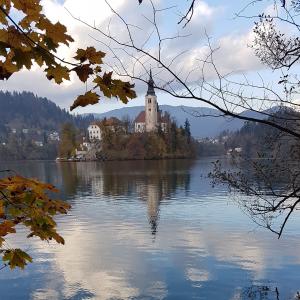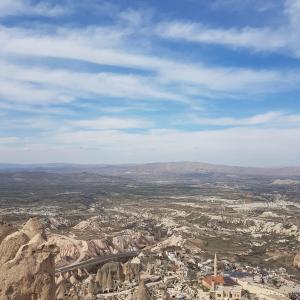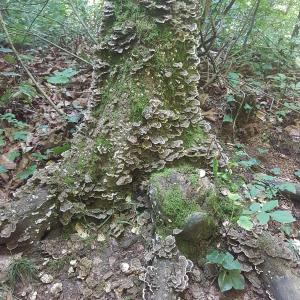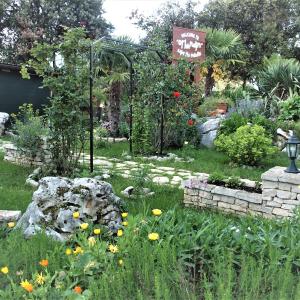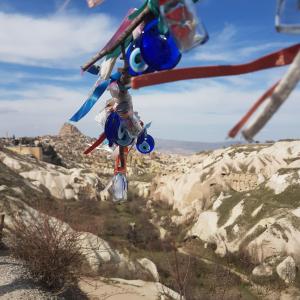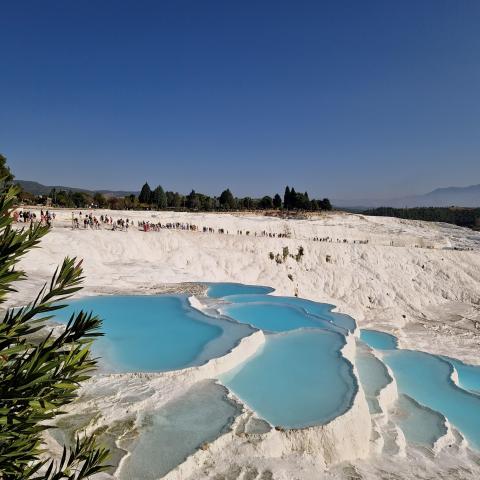
Pamukkale, together with the Greek-Roman ruins of the city of Hierapolis, is found on the UNESCO list due to its uniqueness. And when you find yourself in the midst of these innocently white pools, you will know exactly why. Pamukkale, or the Cotton Castle (translation of the Turkish word Pamukkale), has acquired its white appearance due to sedimentary rocks (travertine) carried by water. In ancient times, people were already aware of the healing effect of the hot springs in the area, which have temperatures ranging from 35 to 100 degrees. It is precisely because of the warm and healing effects of the spring water that the mighty city of Hierapolis, most famous for its thermal features, grew on top of the white hill. The water there is believed to rejuvenate you by five years in just ten minutes, so it's no wonder that it's considered a fountain of youth. You can enter Pamukkale through the lower or upper entrance. If you go there early in the morning, it's definitely better to enter through the lower entrance and slowly climb upwards, finishing your tour with a visit to the Greek-Roman city of Hierapolis. You can return through the upper entrance, but you will make a considerable loop on foot to get back to the village unless you take a taxi for the return journey. While Pamukkale is most crowded in the summer months, you will hardly see any visitors between November and March. During that time, you will almost certainly have the pools to yourself, especially on weekdays.
Avilable photo size for
Pamukkale
- width: 2992 px
- height: 2992 px

